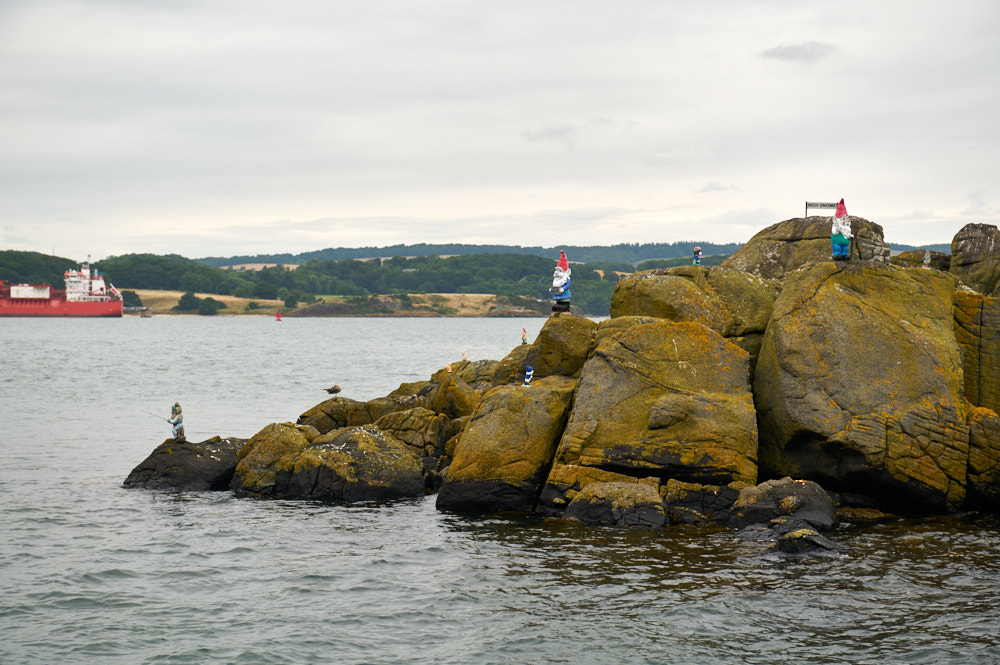
Greeted by an island of Gnomes we arrived at Incholm Island in the Firth of Forth, some say it is the most beautiful of all of the islands in the Firth of Forth. Situated about 4 miles east of the Forth Bridge we were welcomed by this stunning view of Incholm Abbey.


Bye for now boat!
Incholm Abbey
Incholm Abbey is the best-preserved group of monastic buildings in Scotland. The abbey was originally a priory founded by David I. During the centuries the abbey saw conflict as well as calm.
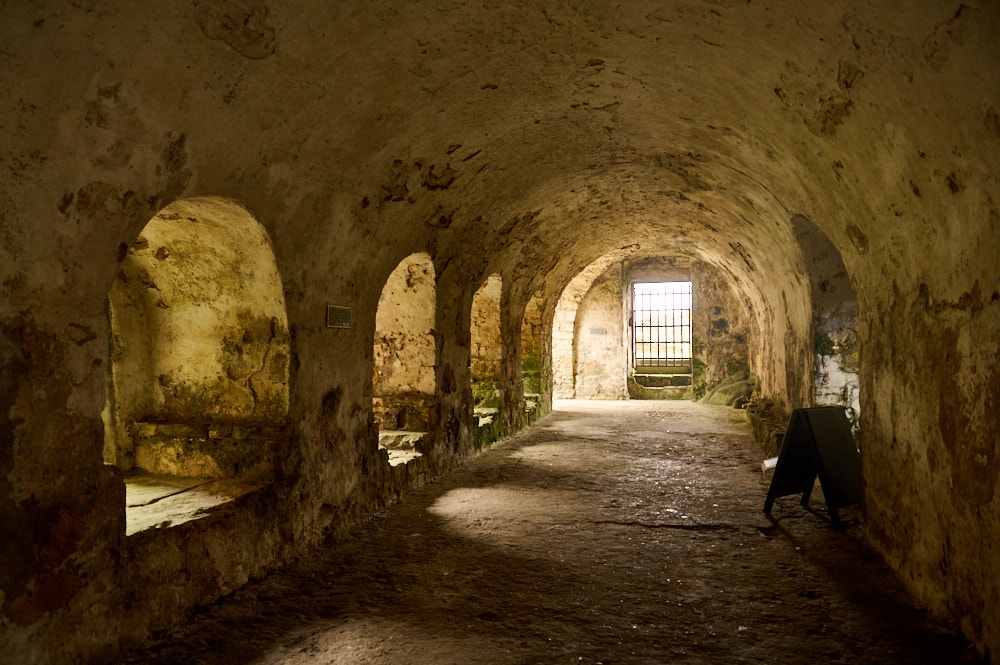
Inchcolm means ‘Colm’s Isle’, and it is also called the ‘Iona of the east’, but doesn´t share any links with Iona.
The Augustinian canons settled here in the early 1100s, to enjoy the island’s peace and isolation. But Inchcolm’s Firth of Forth location also made it a target. English naval raids were common during the wars with England from the 1300s to the mid-1500s. (HistoricenviromentScotland)
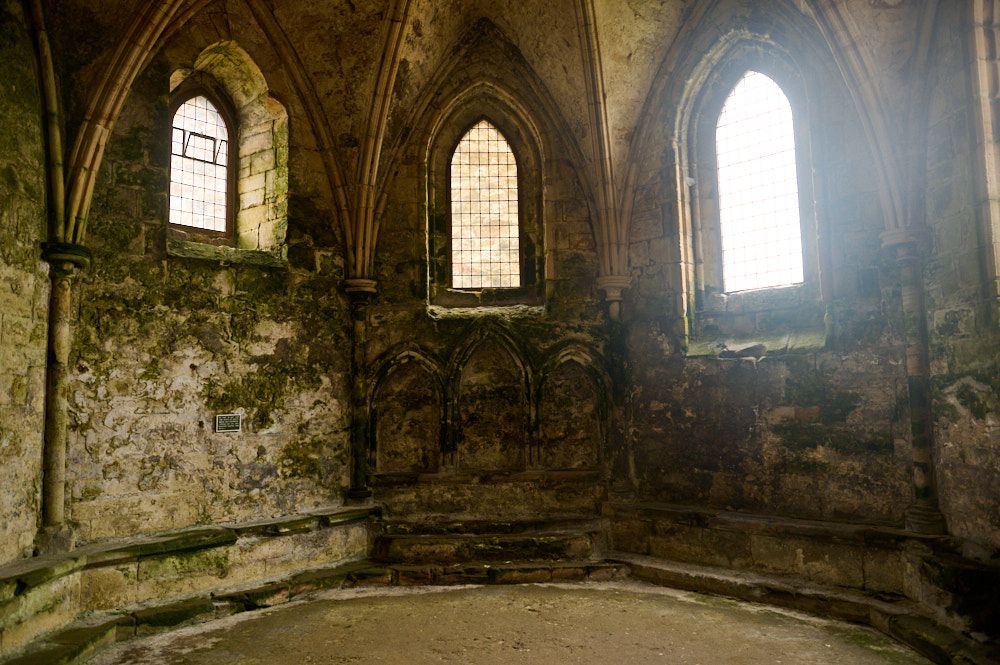
It was the Protestant Reformation of 1560 which finally brought monastic life to an end. But Inchcolm continued to serve in the defence of the country right up to the Second World War.
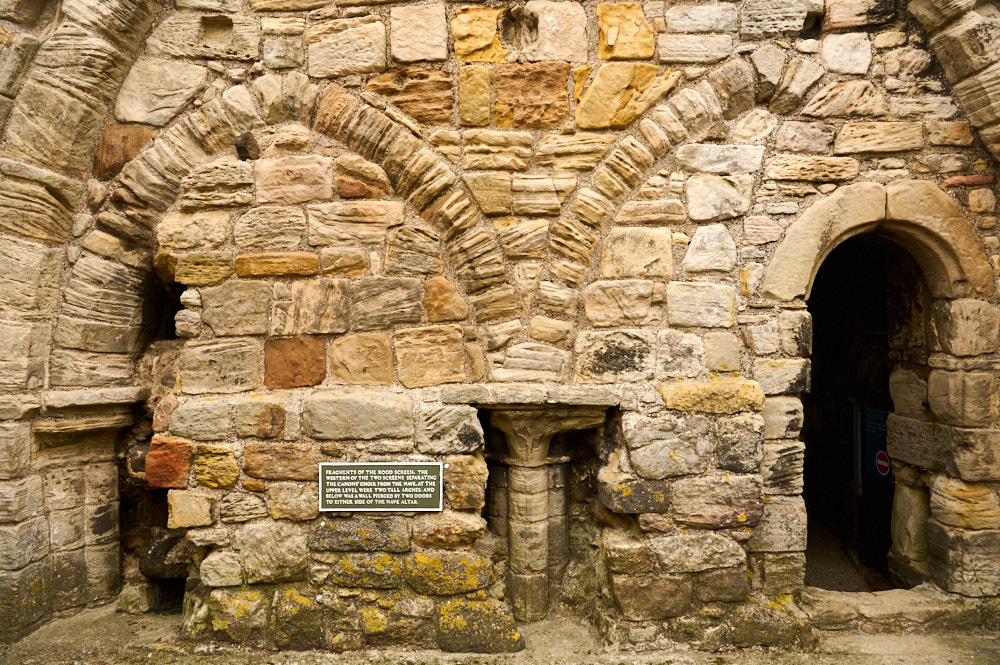
It is even said that a hermit lived on Incholm Island before the foundation of the abbey. Inchcolm’s oldest relic is a 10th-century ‘hogback’ tombstone. In 1123 Alexander I sheltered on the island and resolved to build a monastery in thanks for his life being saved.
He died in 1124 before being able to keep his promise. So his brother, David I, invited Augustinian canons to establish the island priory. Inchcolm was raised to full abbey status in 1235.
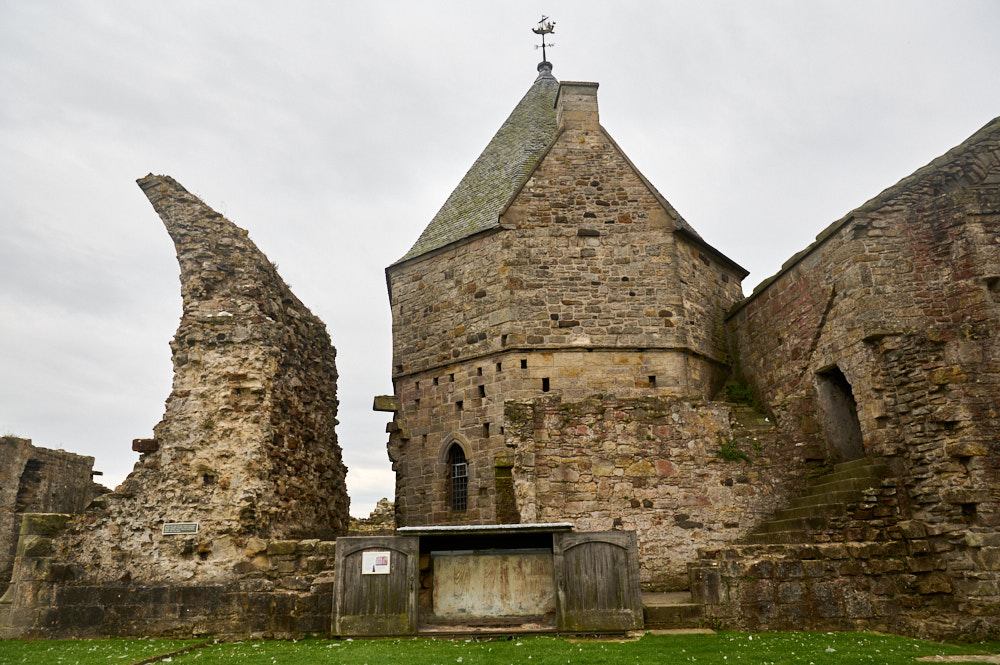
The abbey church was enlarged to the east around 1265. In the 1400s, a new church was built, and an abbot’s residence created above the original church. The choir of the 13th-century church became the nave of the later church and is now mostly wall footings. But a striking fresco painting of a funeral procession, dating from the 1200s, survives in a tomb recess. Also remarkable are the stone screens dividing the choir from the nave. (Historicenviroment Scotland)
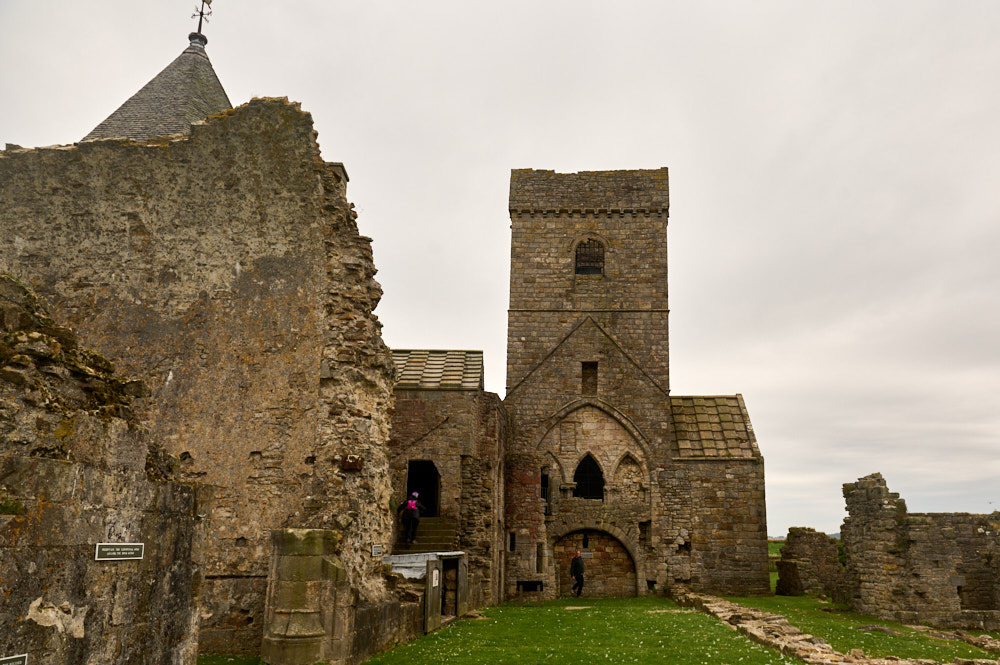
Incholm was attacked by England numerous times. In 1795, during the Napoleonic Wars, a gun battery was installed when the French threatened to invade. Inchcolm was heavily fortified in the early 1900s and during World War II to help defend: Edinburgh, the Forth Bridges and the Rosyth naval base.
The remains are still seen today.
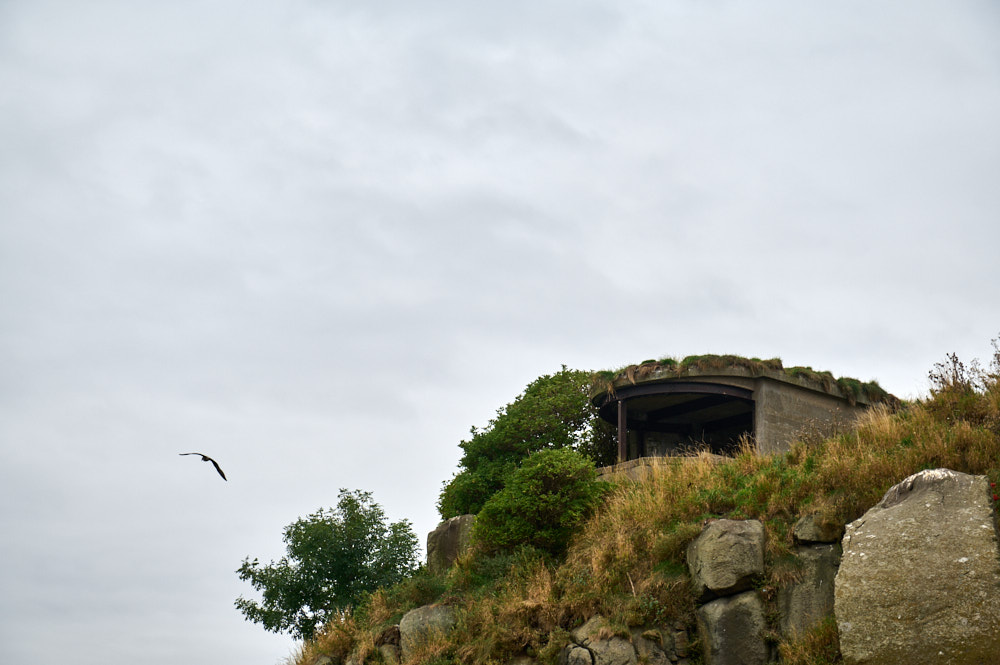
Incholm Island is home to thousands of birds, there is a notice everywhere that one should not scare the birds and might get pooed on. A large colony of seagulls and fulmars live on Incholm Island.
I started walking up the little hill, didn´t see that many birds, wasn´t attacked and just enjoyed the views.
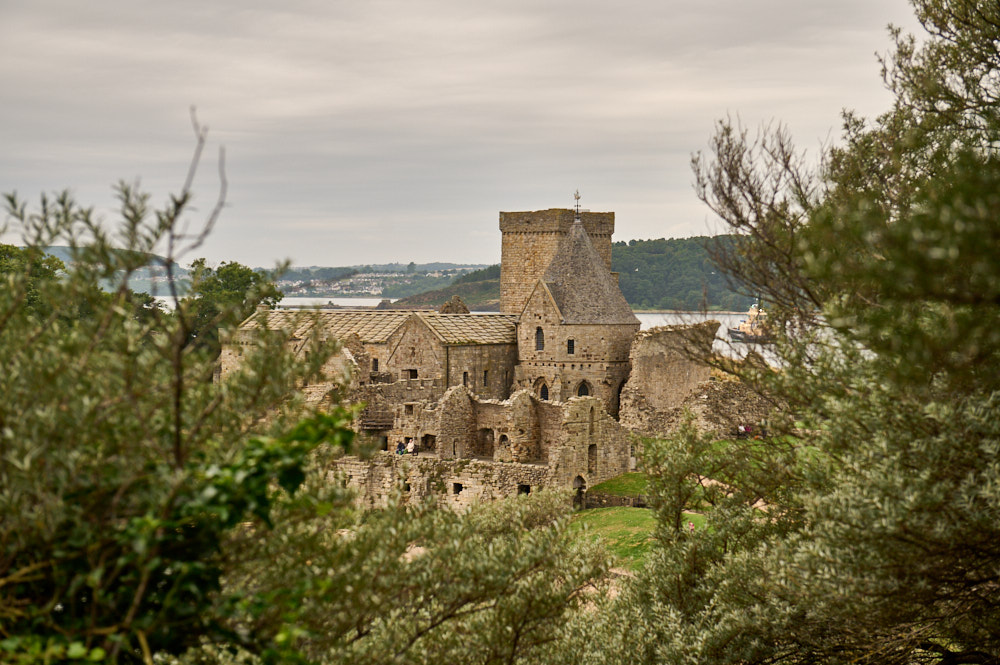
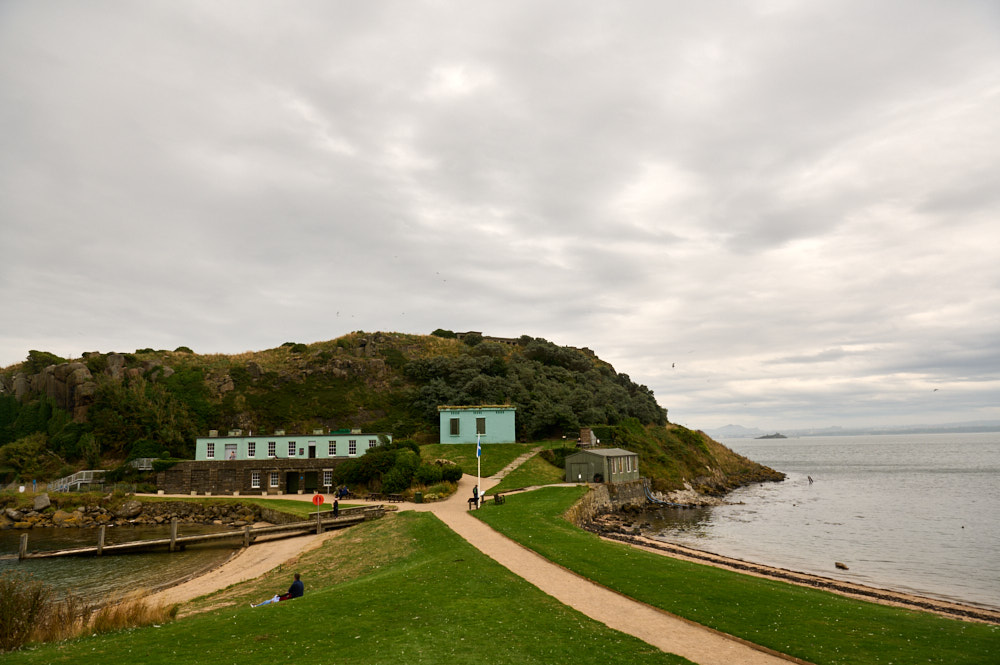
The next boat arrived a few hours later and we were on our way back home to South Queensferry. One last look toward “Iona of the East”.
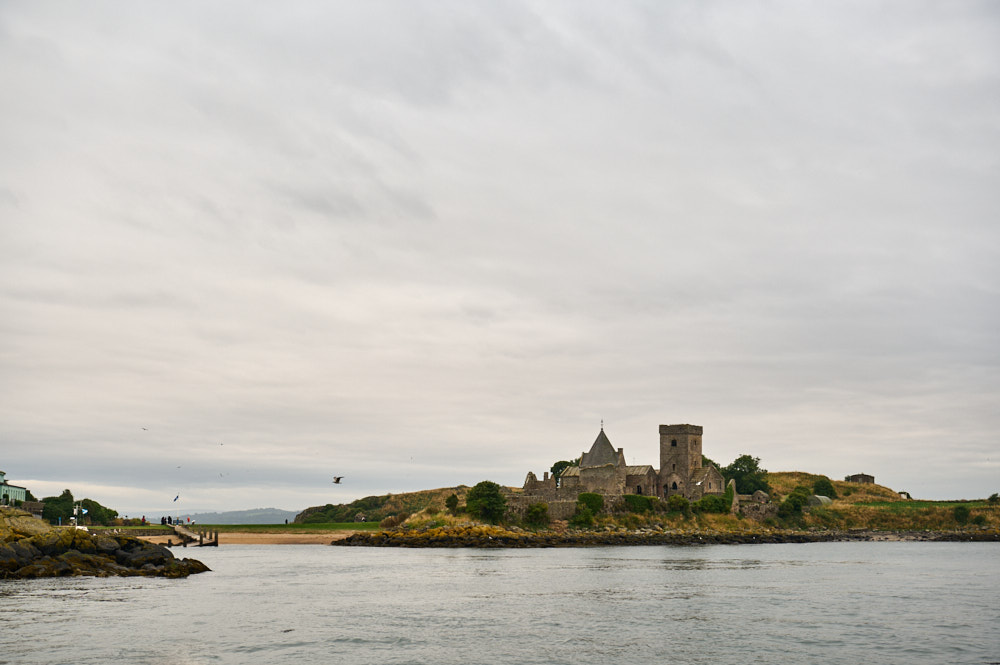
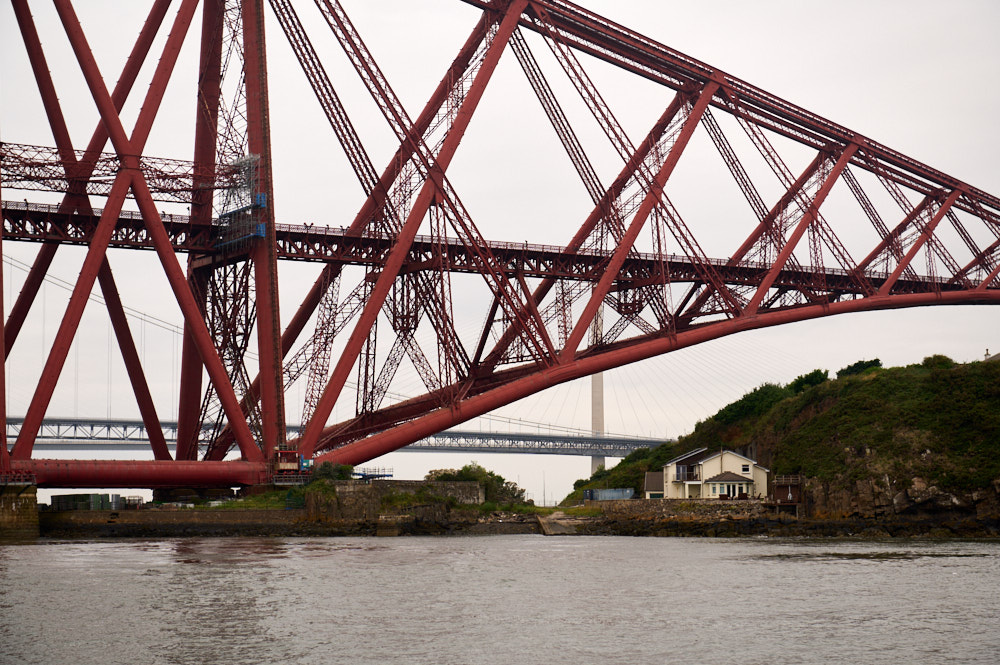
Going through the three Forth bridges – that house has an amazing location!
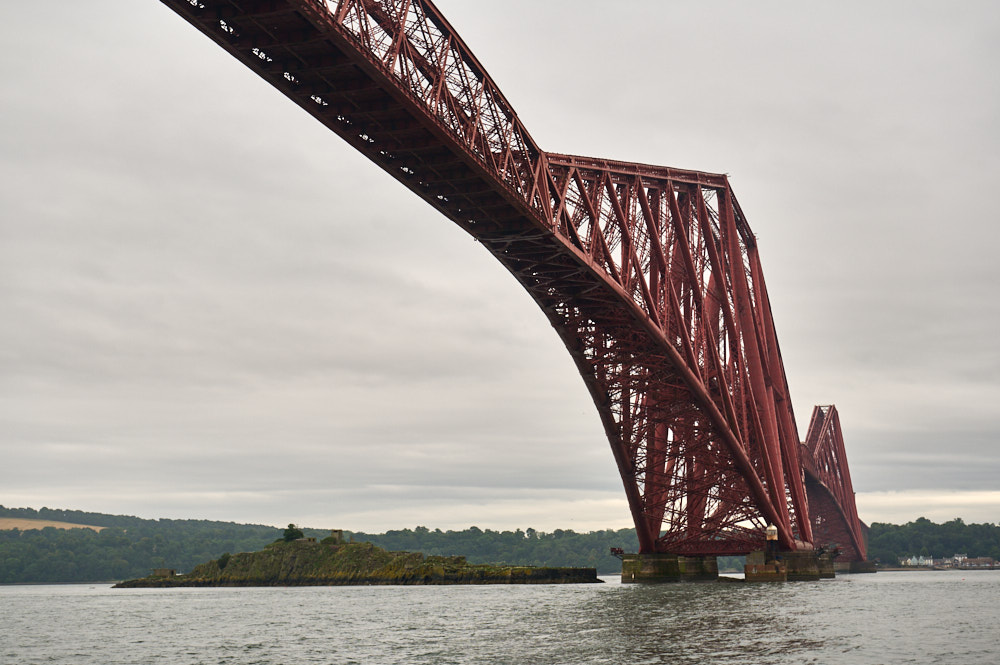
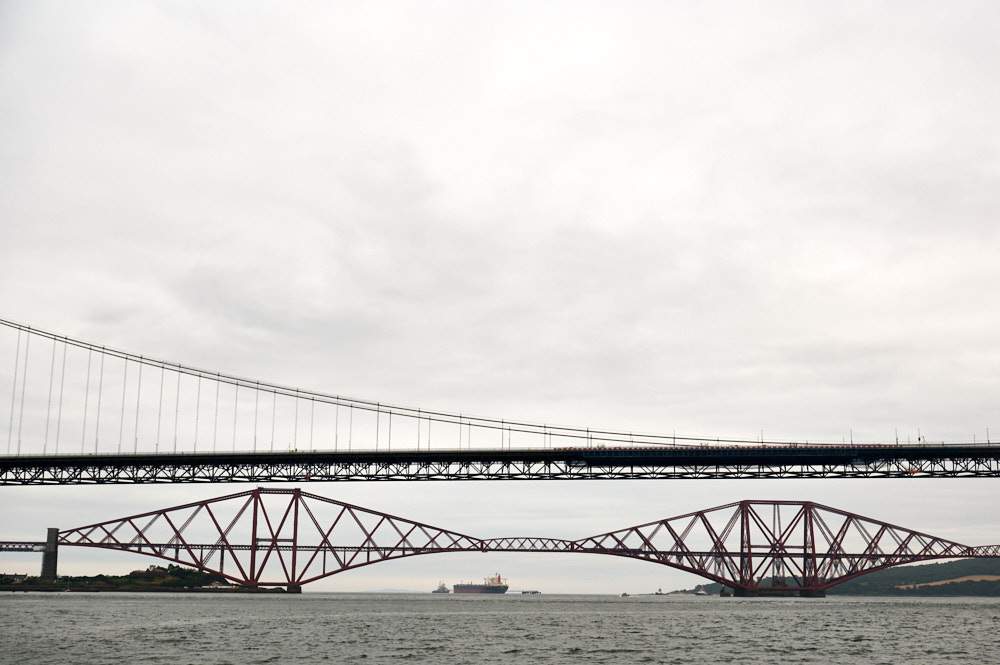
Two of the three bridges.
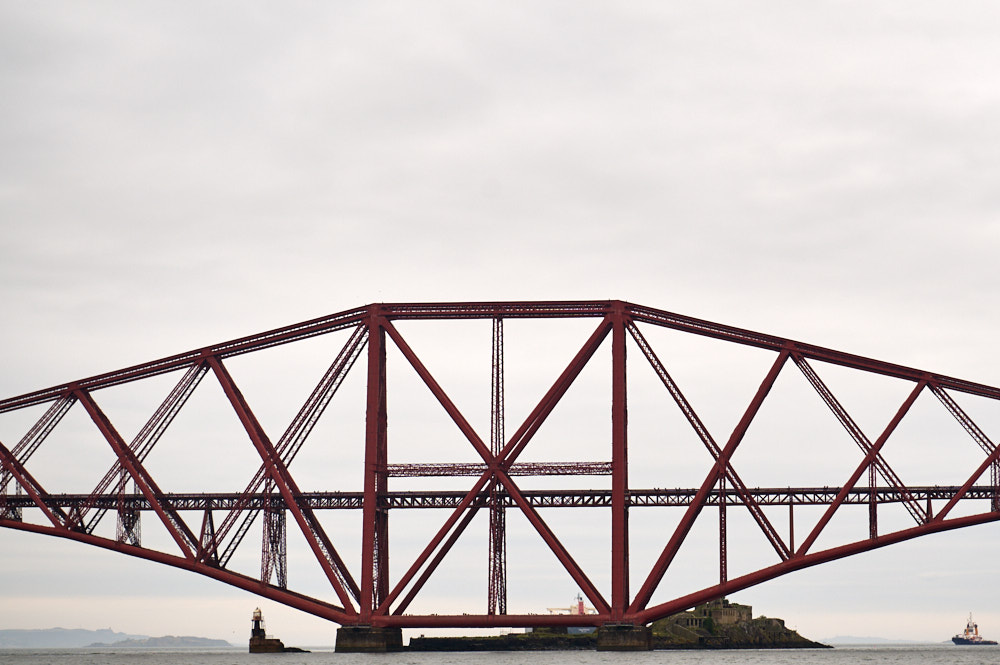
And with this iconic, we conclude the Scottish Island summer of 2021 – it definitely was an extraordinary and unique summer. hopefully, there won´t be another time with me being one of only “foreign foreign” tourists in Shetland or Orkney. I enjoyed the calmness but it was also a bit strange sometimes.
Speaking of Shetland, I will go back to the Northern Island this summer, the summer of 2023. Until then I will tell you about my “Hebridean Summer” of 2022.
Leave a Reply